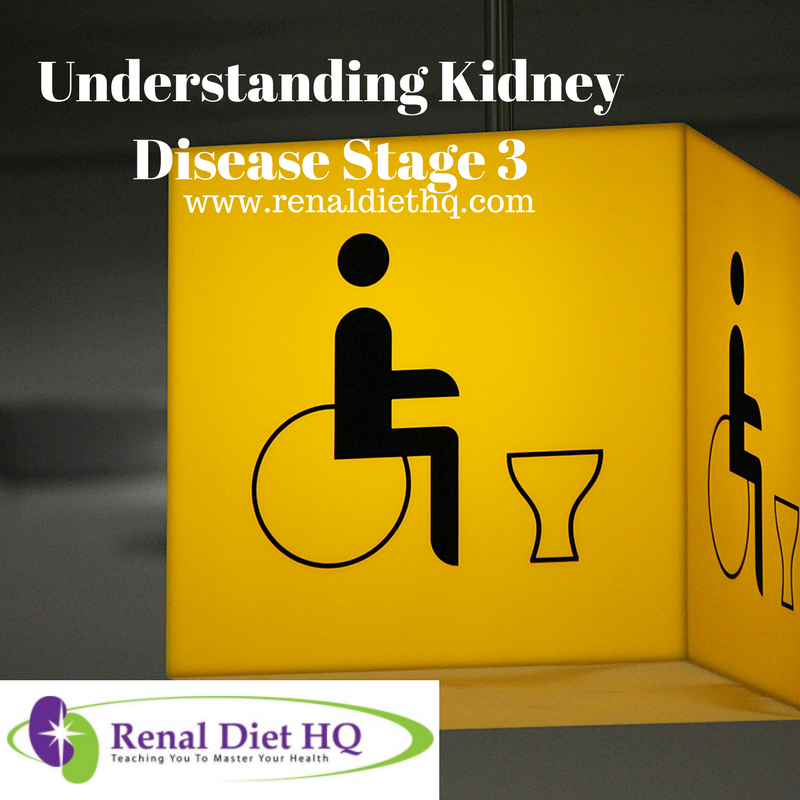 Understanding Kidney Disease Stage 3
Understanding Kidney Disease Stage 3
Chronic kidney disease is one of the most devastating illnesses that can happen to a person. It involves progressive loss of renal function over a period of months or years. It is divided into five stages, with kidney disease stage 5 or end-stage renal disease being the most severe. Kidney disease stage 3 is deemed to be the middle ground and is the last of the early stages of chronic kidney disease.
Characteristics of Kidney Disease Stage 3
Kidney disease stage 3 is characterized with a moderate reduction in glomerular filtration rate or GFR, which is the flow rate of filtered fluid through the kidney. The GFR of individuals in kidney disease stage 3 is 30-59 ml/min/1.73 m2, in contrast to the normal GFR of 90-120 ml/min/1.73 m2. British guidelines further subdivide kidney disease stage 3 into two types: stage 3A with a GFR of 45-59 and stage 3B with a GFR of 30-44. These GFRs indicate that there is moderately reduced kidney function with or without the presence of a known kidney disease. If kidney disease stage 3 is not managed properly, it can lead to further progression to stages 4 and 5, which already severely reduce kidney function.
Screening and Assessment of Kidney Disease Stage 3
The purpose of screening for kidney disease stage 3 is to identify individuals that have high risk for progressive renal disease and reduce associated risks. It is important to note that kidney disease stages 1 to 3 progress without distinguishing symptoms, so diagnosis is usually done through laboratory tests of GFR and creatinine levels. The patient will be assessed for any history of associated disease, such as acute kidney injury, hypertension, and diabetes. Clinical assessment will be done to rule out kidney disease stage 3 associated conditions, such as heart failure, sepsis, hypovolemia, and bladder obstruction. The medications that the patients are taking will also be reviewed, since there might be some nephrotoxic drugs that the patient is taking which contributed to the decrease in GFR in kidney disease stage 3. Presence of hematuria (blood in urine) and proteinuria (protein in urine) will also be checked since there are signals of disease progression.
Treatment of Kidney Disease Stage 3
The goal of treatment for kidney disease stage 3 is directed towards associated cardiovascular risk factors rather than the chronic kidney disease itself. There is an effort to reduce complications associated with kidney disease to ensure optimum functioning. Blood pressure should be kept below 140/90 mmHg or 130/80 for patients with proteinuria. Creatinine and potassium levels are also monitored, especially if the GFR continues to fall considerably. The patient is also monitored for anemia, since the kidneys are one of the organs responsible for the production of red blood cells. Therefore, red blood cell production may be affected by kidney disease stage 3, although this usually becomes alarming during kidney disease stages 3B and 4. Because of the cardiovascular risk associated with kidney disease stage 3, patients are advised to maintain a healthy diet, exercise, and lifestyle. Medications used for treating kidney disease stage 3 include angiotensin converting enzyme inhibitors and angiotensin receptor blockers.
TO LEARN MORE ABOUT KIDNEY DISEASE STAGE 3 AND WHAT YOU SHOULD EAT CLICK HERE FOR RENAL DIET HQ IQ
[…] kidney failure patients, they have to be careful about their protein intake. Plant based protein is easier for your body to absorb and process. It is recommended that two […]